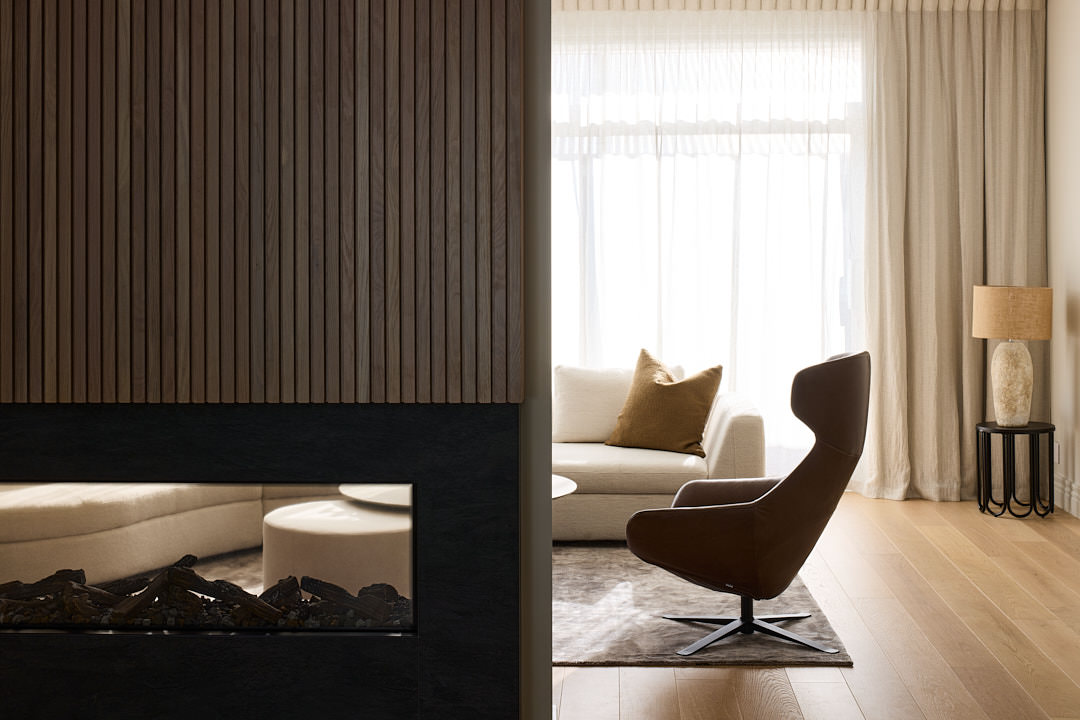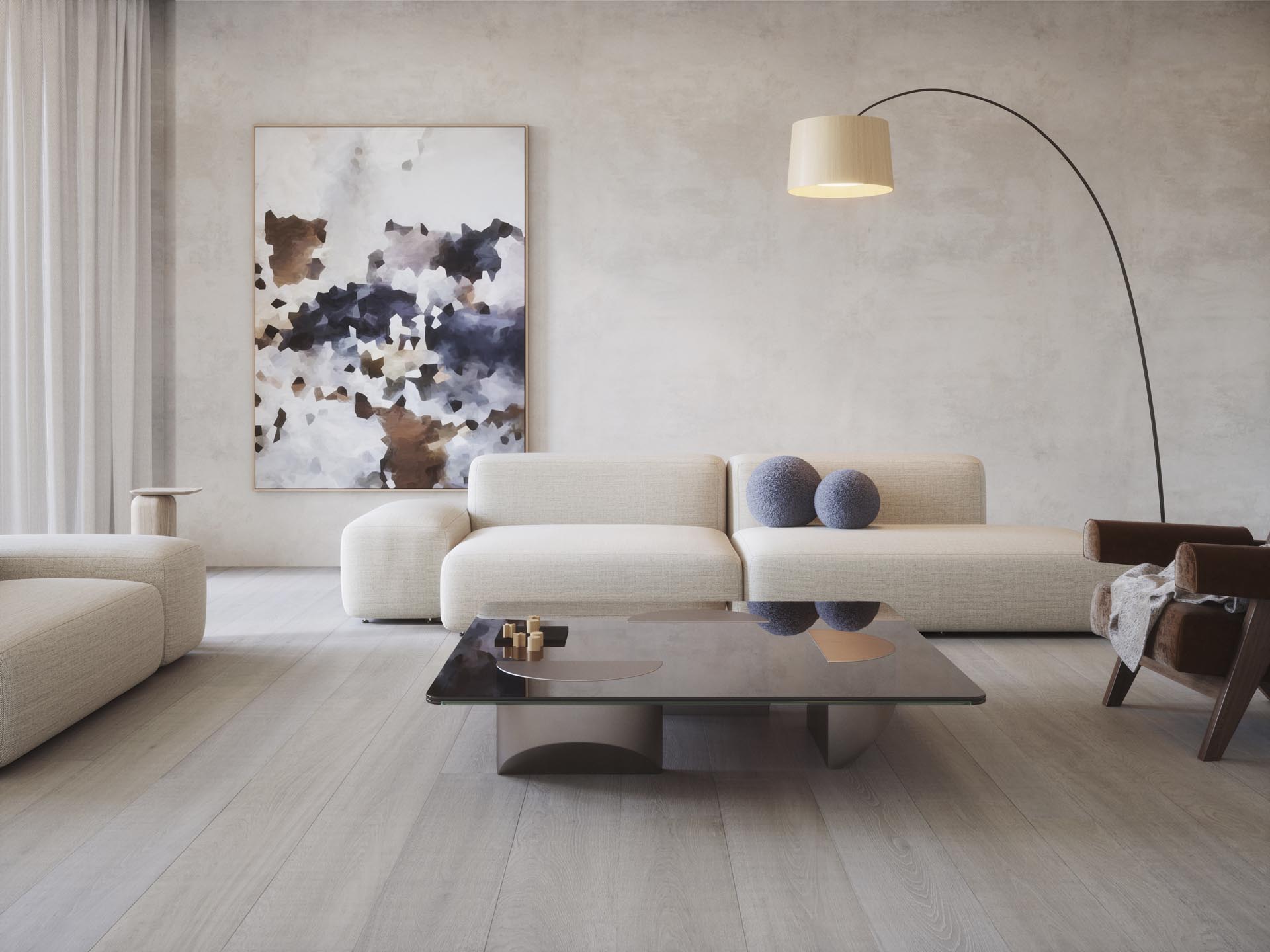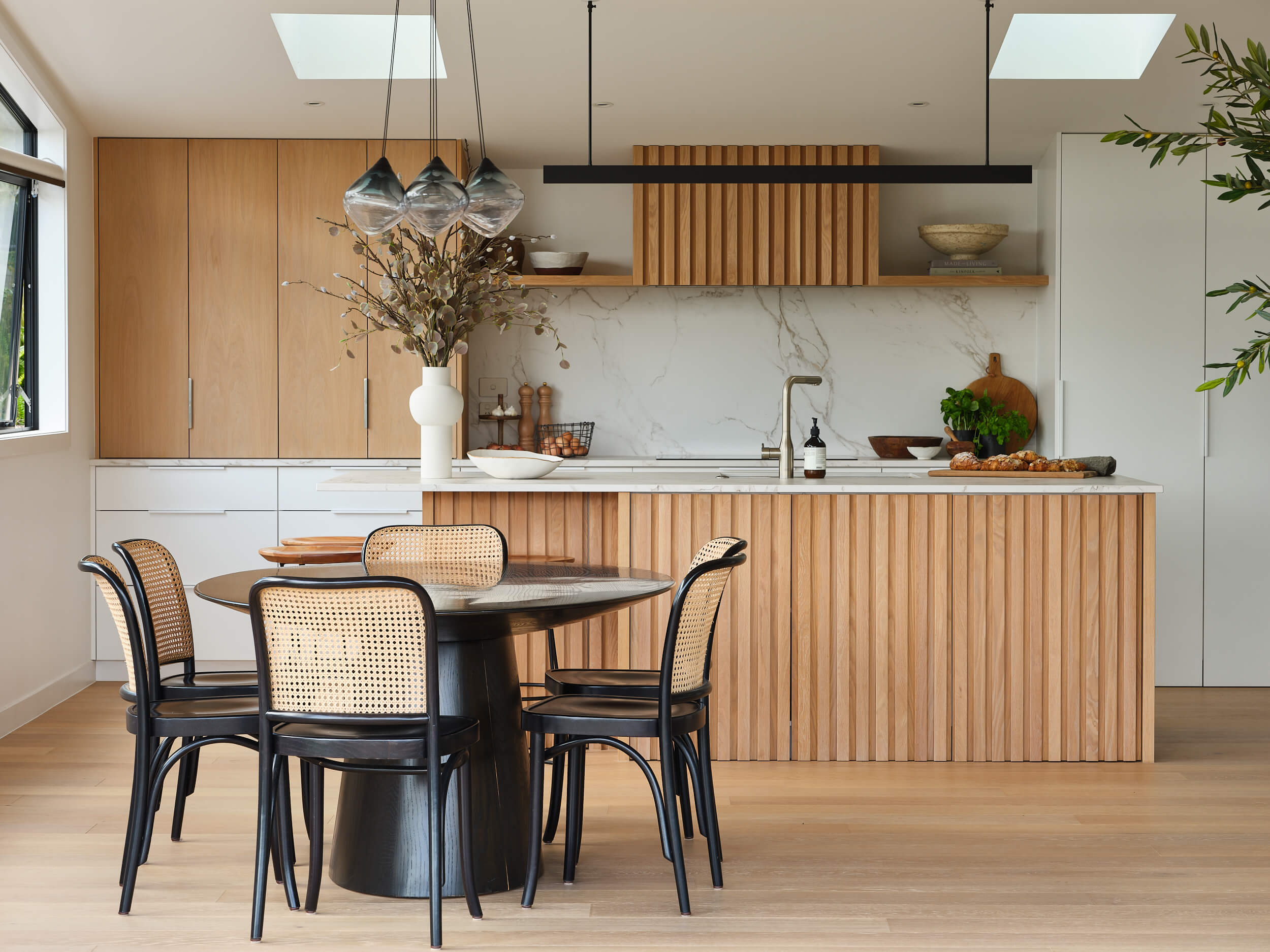Wood flooring in wet areas: What do I need to know?
Blog |

When looking at various flooring options for wet areas in the home or commercial environments like kitchens, laundries and water cupboards, wood flooring isn’t always the first choice. However, if you source the right products, wood flooring can be a stylish and efficient option even in moisture-prone environments such as these.
In this article, we dive into everything you need to know about wood flooring in wet areas, including the benefits, guidelines for installation, and why Forté products provide a solution that meets both aesthetic and practical needs.
Benefits of having wood flooring in wet areas
While traditionally, tiles and vinyl flooring is a common method of flooring used in wet areas, modern advancements in wood flooring technology have made it an increasingly popular choice. Installing wood flooring in areas such as kitchens, laundries and water cupboards offers several benefits, including:- Comfort and warmth: Unlike tiles, which can feel cold on your foot, especially during winter months, wood flooring by default adjusts to room temperature providing a comfortable surface that feels warmer and more inviting.
- Aesthetic appeal: Wood flooring brings a natural, timeless beauty that enhances the ambience of any room, adding warmth and character that can't be matched by other flooring options.
- Durability: High-quality wood flooring, such as those offered by Forté, are properly treated and can withstand humidity, moisture, and heavy foot traffic when properly maintained. The durability that wood floors offer also helps increase the value of your space due to the reduced frequency of maintenance.
- Environment sustainability: Engineered wood flooring is one of the most sustainable flooring options. It uses fewer natural resources, produces no toxic emissions, is fully recyclable, and uses a fraction of the amount of hardwood flooring compared to solid timber. As a result, using wooden floors in these areas is an eco-friendly approach compared to non-renewable materials such as vinyl.
Forté products: Why are they the superior choice for wet areas?
Known for our innovative approach to wood flooring, here at Forté, we offer a range of wood flooring products suitable for wet areas. Our flooring has an engineered construction to guarantee quality even after years of use, and we only supply timber flooring with polyurethane finishes for extra protection. There are two elements to consider when installing flooring in wet areas, these include:
Engineered wood flooring
At Forté, our wood flooring is proven to be durable and long-lasting due to its engineered construction. Engineered wood flooring is finished with a factory-applied sealant to protect it from damage and moisture. When installed using the glue-down method, and depending on the thickness of the veneer, each plank can be re-sanded multiple times, giving it an impressive lifespan of 25 to 50 years.
Engineered timber also uses one-third of the amount of slow-growing hardwood resources compared to solid timber, making the product an environmentally responsible solution. Designed exclusively for the sub-tropical climate of New Zealand, at Forté our flooring will provide both beauty and longevity for your home for years to come, even in wet areas such as kitchens, and laundries.
Water-based polyurethane finishes
At Forté, we offer a range of wood flooring products with a water-based polyurethane finish. This type of finish enhances the natural beauty of the wood while offering robust protection against wear and tear. Water-based polyurethane provides excellent moisture resistance, a critical feature for areas prone to spills or humidity. This protective barrier prevents water damage and warping, ensuring that wooden floors remain in optimal condition even in challenging environments like kitchens and laundries.
Guidelines for installing wood flooring in wet areas
When installing wood flooring in wet areas, adhering to guidelines and regulations is crucial to ensure longevity and performance. In New Zealand, the E3/AS1 document provides essential guidance on building regulations concerning wood flooring in wet environments.
Key general considerations for all wet areas include:
- Make it compulsory that the substrate meets the requirements of the NZ Building Code.
- The flooring installation must be installed correctly without large gaps between the planks.
- The room must be well-ventilated at all times, we recommend installing an extractor fan to help with this.
- Humidity levels must align with the care instructions.
- The perimeter of the flooring must be sealed with waterproof silicone.
- The joints between the timber flooring planks must be sealed with Unika Clic-seal or waterproof PVA glue.
- Any spill or surface water on the timber flooring must be wiped up within one hour to protect it from damage.
E3 regulations for wood flooring in wet areas
In 2021, additional Building Code changes came into effect, impacting how wood flooring can be used in wet areas. For more details on the changes to E3 regulations, read our blog Changes to E3/AS1 - wood flooring in wet areas. Some key elements of E3 regulations to consider include:- Protection against moisture resistance
- All wood surfaces have moisture-protection sealing and finishing.
- Substrate and underlayment used beneath hardwood flooring during construction must be moisture resistant.
- Proper installation practices must be adhered to meet the E3 regulations.
- Proper ventilation is essential.
- The wood flooring must be regularly maintained.
For more information and details about E3 regulations for wood flooring in wet areas, download our E3 design guide.
Conclusion
Engineered wood flooring can be an aesthetically pleasing and durable option to install in wet areas when selected and installed with care. At Forté, we offer superior wood flooring products that combine this aesthetic appeal with practicality, making them an excellent choice for homeowners, architects and designers alike.
For more information on installing wood flooring in wet areas or to explore Forté's engineered wood flooring collection, we encourage you to contact our team of experts directly or download the E3 design guide, which provides comprehensive information on changes to E3/AS1 and building code regulations related to wood flooring in wet areas.
Visit one of our Showrooms
If you have any queries about our products or need help with your project, we can provide you with expert advice. Visit one of our showrooms or book a consultation with our flooring experts today.



